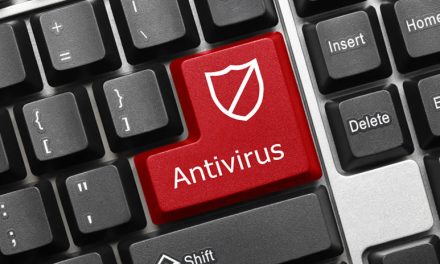Ransomware stops you from using your PC. It is malware that holds your PC or files for “ransom”.
Although there are different types of ransomware, all of them will prevent you from using your PC normally, and they will all ask you to do something (like demanding money) before you can use your PC.
Ransomware can target PC users, whether it’s a home computer, a computer on a university network, or servers used by the government.
Ransomware can:
- Prevent you from accessing your operating system.
- Encrypt files so you can’t use them.
- Stop certain apps from running (like your web browser).
- Ransomware will demand that you pay money (a “ransom”) to get access to your PC or files.
- There is no guarantee that paying the ransom or doing what the ransomware tells you will give access to your computer or files again.
There are two types of ransomware, lockscreen ransomware and encryption ransomware.
Lockscreen ransomware shows a full-screen message that prevents you from accessing your PC or files. It says you have to pay money (a “ransom”) to get access to your PC again.

Encryption ransomware changes your files so you can’t open them. It does this by encrypting the files.

Some versions of ransom usually claim you have done something illegal with your PC, and that you are being fined by a police force or government agency. These claims are false. It is a scare tactic designed to make you pay the money without telling anyone who might be able to restore your PC.
The latest versions encrypt the files on your PC so you can’t access them, and then simply demand money to restore your files.
Ransomware can get on your PC from nearly any source that any other malware (including viruses) can come from. This includes:
- Visiting unsafe, suspicious, or fake websites.
- Opening emails and email attachments from people you don’t know, or that you weren’t expecting.
- Clicking on malicious or bad links in emails, Facebook, Twitter, and other social media posts, instant messenger chats, like Skype.
It can be very difficult to restore your PC after a ransomware attack – especially if it’s infected by encryption ransomware.
The best solution to ransomware is to be safe on the Internet and with emails and online chat:
- Don’t click on a link on a webpage, in an email, or in a chat message unless you absolutely trust the page or sender.
- If you’re ever unsure – don’t click it!
- Often fake emails and webpages have bad spelling, or just look unusual. Look out for strange spellings of company names (like “PayePal” instead of “PayPal”) or unusual spaces, symbols, or punctuation (like “iTunesCustomer Service” instead of “iTunes Customer Service”).









